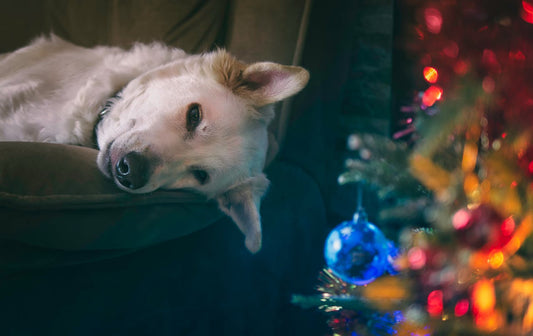Pet owners often wonder how often they should wash their dog's bowl. While it may seem like a trivial matter, keeping your dog's bowl clean is important for their health and well-being. A dirty bowl can harbor harmful bacteria, leading to digestive issues and other health problems for your furry friend.
The frequency at which you should wash your dog's bowl depends on a few factors. First, consider how often your dog eats and drinks. If they eat and drink frequently throughout the day, you may need to wash their bowl more often than if they only eat once or twice a day. Additionally, if your dog is prone to drooling or slobbering, their bowl may need to be washed more frequently to prevent bacteria buildup.
Overall, it is recommended to wash your dog's bowl at least once a day, or after every meal. This ensures that any leftover food or bacteria is removed before your dog eats again. By keeping your dog's bowl clean, you can help prevent illness and keep your furry friend healthy and happy.
Determining Wash Frequency
Keeping a dog's bowl clean is essential for their health and well-being. But how often should you wash your dog's bowl? The answer depends on several factors, including the bowl material, the dog's eating habits, and any health considerations.
Bowl Material Factors
The material of the bowl can affect how often it needs to be washed. Stainless steel and ceramic bowls are easy to clean and don't retain bacteria as easily as plastic bowls. Plastic bowls are porous and can harbor bacteria, so they should be washed more frequently. It's recommended to wash plastic bowls daily and stainless steel or ceramic bowls every few days.
Dog's Eating Habits
The frequency of washing also depends on how often your dog eats and drinks. If your dog eats and drinks frequently, their bowl should be washed more often. If your dog eats dry food, their bowl may not need to be washed as often as a dog that eats wet food, which can leave residue in the bowl. It's recommended to wash your dog's bowl at least once a day if they eat and drink frequently.
Health Considerations
If your dog has any health issues, such as a weakened immune system or allergies, their bowl should be washed more frequently. Bacteria and allergens can build up in the bowl and cause health problems for your dog. It's recommended to wash your dog's bowl daily if they have any health issues.
In conclusion, determining how often to wash your dog's bowl depends on several factors. It's important to consider the bowl material, your dog's eating habits, and any health considerations. By keeping your dog's bowl clean, you can help ensure their health and well-being.
Effective Washing Techniques
Manual Cleaning Methods
When it comes to washing your dog's bowl, manual cleaning methods are the most common and effective. Start by rinsing the bowl with hot water to remove any excess food or debris. Then, use a sponge or brush with warm, soapy water to scrub the bowl thoroughly. Pay extra attention to any crevices or corners where bacteria can accumulate. Rinse the bowl again with hot water to remove all soap residue and let it air dry.
Dishwasher Use
Using a dishwasher to clean your dog's bowl is also an effective method. However, not all bowls are dishwasher safe, so be sure to check the manufacturer's instructions before placing the bowl in the dishwasher. Use a high-temperature setting and a detergent that is safe for pets. Avoid using any detergents that contain bleach or other harsh chemicals that can be harmful to your dog.
Safe Cleaning Agents
It is important to use safe and non-toxic cleaning agents when washing your dog's bowl. Avoid using any cleaning agents that contain bleach, ammonia, or other harsh chemicals that can be harmful to your pet. Instead, opt for natural cleaning agents such as vinegar or baking soda. These are safe and effective alternatives that can help eliminate bacteria and odors.
By following these effective washing techniques, you can ensure that your dog's bowl is clean and safe for use. Regular cleaning of your dog's bowl can help prevent the growth of harmful bacteria and keep your furry friend healthy.








